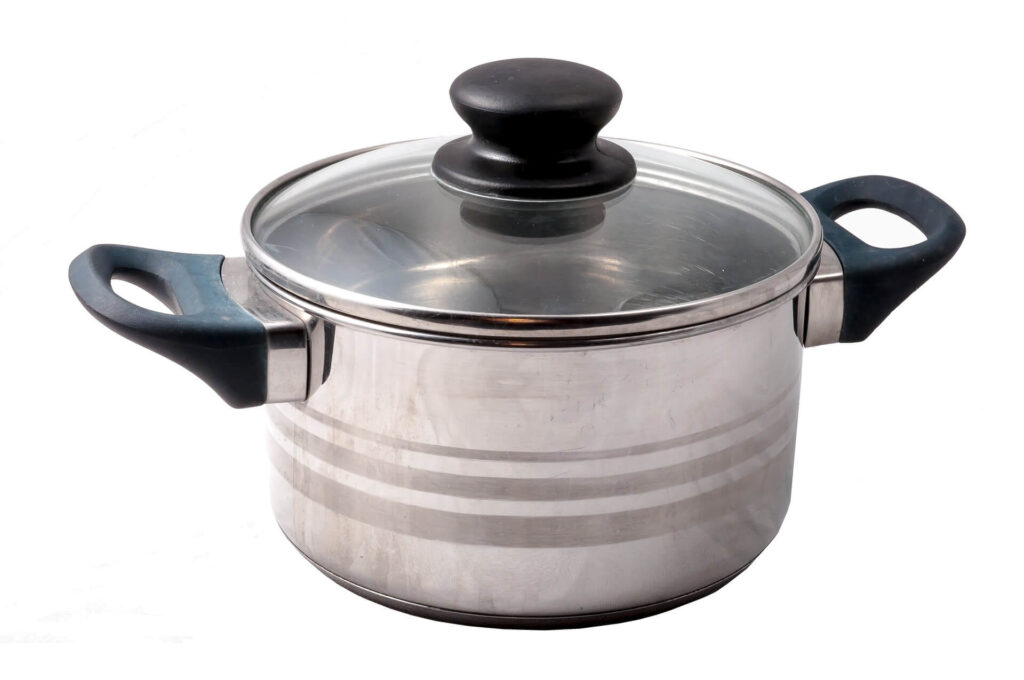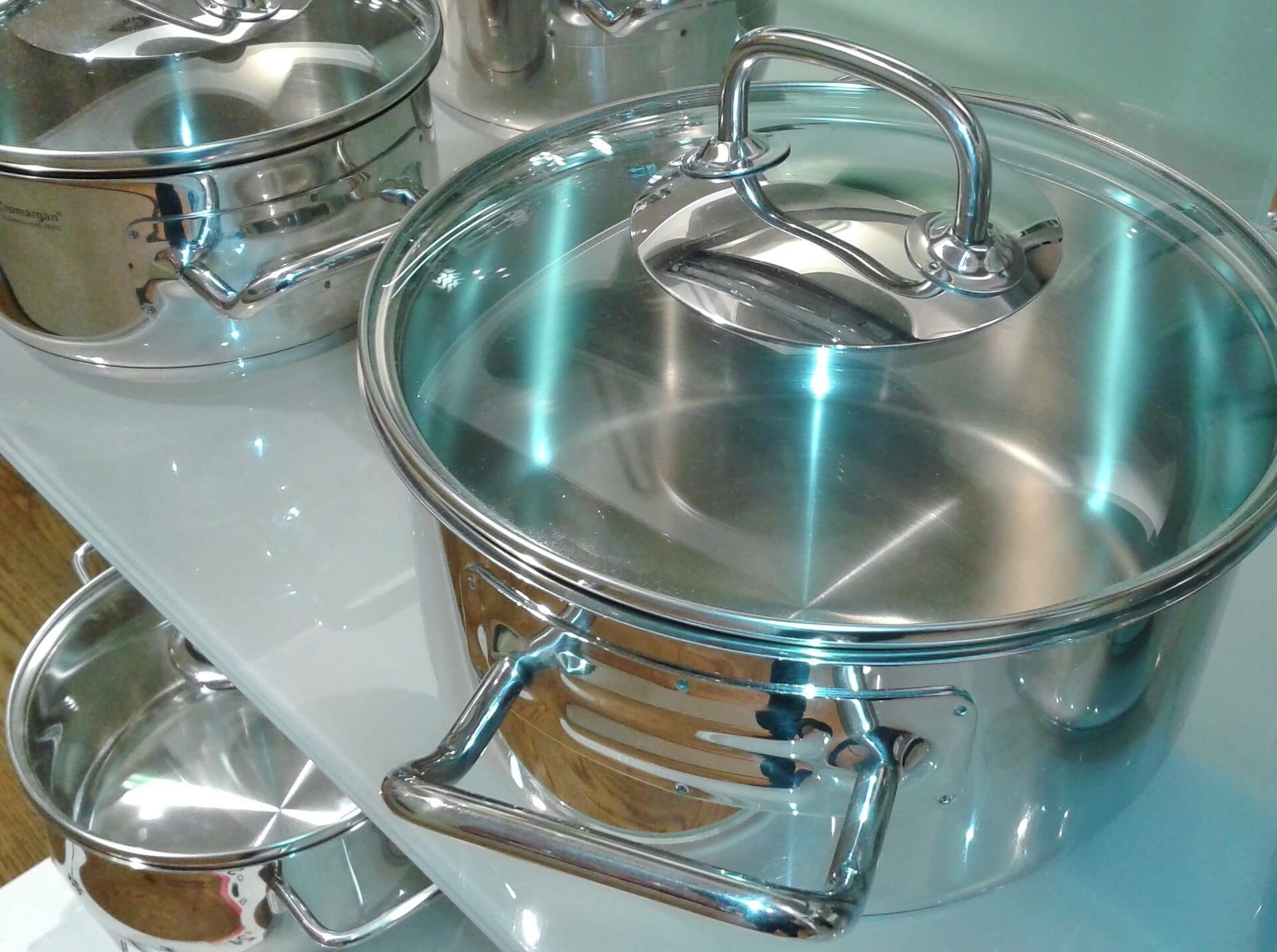If you’re in the market for new cookware, you may be wondering if the stainless steel is the right choice for you. Stainless steel has many advantages that make it a popular choice among home cooks and professional chefs alike. It’s durable, easy to clean, and conducts heat evenly – making it ideal for cooking a variety of foods.
However, not all stainless steel cookware is created equal. There are a few things you should keep in mind when shopping for stainless steel pots and pans. In this article, we’ll give you a few tips on how to pick stainless steel cookware that will last you a lifetime.
What to Consider When Purchasing Stainless Steel Cookware
When it comes to purchasing stainless steel cookware, there are a few things to consider to get the best quality product for your money. It is important to look for certain features in stainless steel cookware to ensure it will last for years and perform to its fullest potential.
The first thing to consider when purchasing stainless steel cookware is the material it is made of. Quality stainless steel cookware is made from a combination of chromium and nickel, which makes it durable and resistant to corrosion. You should also look for cookware that is “triple-ply” or “multi-clad”, which means it is composed of three layers of metal to ensure even heat distribution.
The next factor to consider is the size and shape of the cookware. Stainless steel cookware is available in a variety of sizes and shapes, so it’s important to select the pieces that will fit your cooking needs. For example, if you are looking for a saucepan, you should pick one that is wide enough to accommodate your ingredients and deep enough to hold a substantial amount of liquid.
The type of handle is another important factor to consider. Quality stainless steel cookware typically has riveted handles that are securely attached to the pot or pan. This ensures a firm grip and prevents the handle from becoming loose or detached. Additionally, stainless steel handles are often insulated to protect your hands from heat.
Finally, the cost of stainless steel cookware is another factor to consider. Prices vary greatly depending on the brand and quality, so it’s important to do some research to find the best value for your money.
By taking the time to consider these factors, you can be sure to select the best stainless steel cookware for your needs. Quality cookware will last for years and provide you with delicious meals.

Tips for Using and Caring for Stainless Steel Cookware
Stainless steel cookware is a popular choice for many cooks due to its durability and lasting shine. However, without proper use and care, stainless steel can tarnish or develop scratches and dents. To help keep your stainless steel cookware looking its best and performing optimally, here are some tips for using and caring for it.
When using stainless steel cookware, it’s important to use the correct utensils, such as wooden or plastic spoons and spatulas. Metal utensils can scratch or damage the surface. It’s also important to avoid high heat since it can cause the cookware to warp and discolor. To prevent sticking and burning, use oil, butter, or nonstick cooking spray when cooking.
To keep your stainless steel cookware looking its best, it’s important to clean it regularly. For daily cleaning, simply wipe down the cookware with a damp cloth and some mild dish soap. To remove tough, stuck-on food, soak the cookware for a few minutes in warm water and then scrub with a nonabrasive sponge. For additional shine, use a stainless steel cleaner or polish.
It’s important to store stainless steel cookware properly to prevent scratches and dents. To avoid damaging the cookware, never store it while it’s still wet, and always dry the cookware thoroughly before storing it. It’s also important to make sure the cookware is stored in a safe place where it won’t be bumped or knocked.
By following these tips, you can ensure that your stainless steel cookware stays in good condition and continues to perform optimally for years to come. With proper care and use, your stainless steel cookware will remain a dependable kitchen companion for years to come.
Conclusion
When choosing stainless steel cookware it is important to consider the pros and cons of each type of cookware. Stainless steel is a durable and easy-to-clean material that is ideal for use in the kitchen. It is important to consider the size, shape, and style of the cookware before making a purchase. Stainless steel cookware is an investment that will last for many years, so it is important to choose wisely. FO
FAQ:
What grade of stainless steel is best for cookware?
How can you tell good quality stainless steel?
Which is better 18 8 or 18 10 stainless steel?
18/10 stainless steel is slightly higher quality, as it contains 18% chromium and 10% nickel. The higher nickel content makes 18/10 stainless steel more corrosion-resistant, but it is more expensive.
